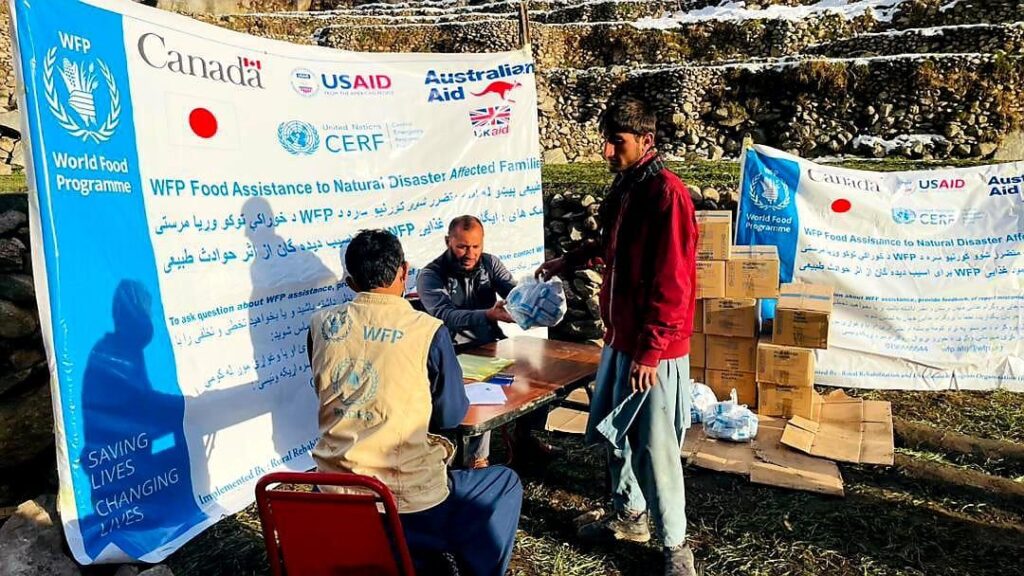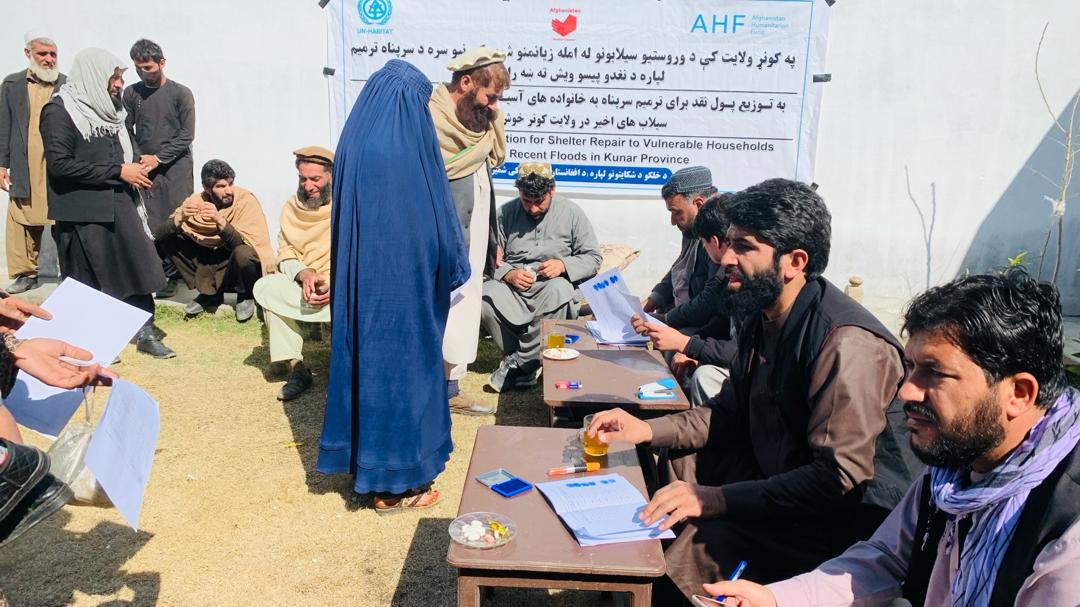A new report by the United Nations Office for the Coordination of Humanitarian Affairs (OCHA) provides an in-depth look at the challenges faced by humanitarian efforts in Afghanistan.
The “Humanitarian Access Severity Overview” for January 2024 highlights varying degrees of access severity across the country, revealing a complex landscape for aid operations.
Key findings indicate that high access severity is present in 2 districts (0.5% of all districts), with moderate severity observed in 158 districts (39.5%), and low severity in 241 districts (60%).
The most common barriers to humanitarian access include interference by Taliban authorities, restrictions on movement, and violence against personnel and assets, the report says.
Interference in humanitarian activities was reported in 41% of districts, accounting for 84% of total incidents, underscoring the significant impact of bureaucratic and operational hurdles on aid delivery, the report says.
Additionally, violence and threats against humanitarian workers emerged as a critical issue, with at least 72 incidents of arrest or detention and 14 physical attacks documented during the reporting period, the report says.

According to the report, despite these challenges, there’s a notable improvement in access compared to previous assessments.
The report attributes this progress to decreased military operations and increased efforts to navigate bureaucratic and environmental obstacles.
A significant number of districts (249) saw improvements in access severity, with 45 districts experiencing a considerable decrease in challenges, the report finds.
The impact of the Taliban’s decree banning Afghan women from working for NGOs and the UN has posed additional challenges. A survey revealed that while over a third of humanitarian organizations continue to operate with both genders, the ban has severely affected the delivery of services, particularly in sectors exempt from the ban, like health and education.
Environmental conditions, such as extreme weather and natural disasters, further complicate access, affecting transportation and safe passage in 137 districts, the report says. The presence of explosive remnants of war also remains a pressing issue, with landmines and unexploded ordnance posing significant risks.
The OCHA report, based on focus group discussions and the Access Monitoring and Reporting Framework (AMRF), offers a crucial insight into the operational landscape for humanitarian actors in Afghanistan.
It underscores the need for continued advocacy and strategic efforts to overcome access barriers and ensure aid reaches those in dire need amidst ongoing security and environmental challenges.
OCHA says that the data collection process involved approximately 47 focus group discussions covering all 401 districts.
“These discussions took place from January to February 2024, capturing information for the period from July 2023 to December 2023,” OCHA said.
Additionally, a series of 15 FGD sessions with community members were conducted to add depth and nuance to the findings, according to OCHA.





